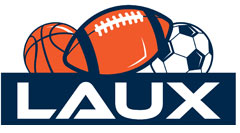Football Gear
Football Gear FAQs
Recently viewed





